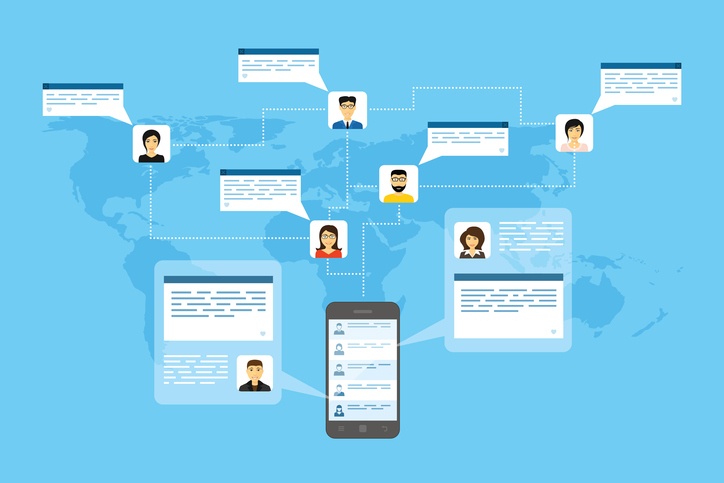Why Digitizing Your Business Continuity Plan Has Become a Necessity

A late 2016 survey of business continuity professionals found that 81 percent expected their organization to make changes to the way it manages business continuity during 2017, either by updating their business continuity software, by revising their BCM plans, or through other initiatives.
The fact that a majority of organizations are updating their BCM programs is a testament to the dynamic nature of today’s business landscape. Today, a growing number of potential threats, such as cyberattacks, hacking, and natural disasters, have made effective business continuity planning more important than ever before. Has your organization considered ways it can improve its business continuity planning?
Our Digital Age
As digital technology has grown to infiltrate every aspect of our business and personal lives, the number and severity of threats has continued to expand. Today companies of all sizes must plan ahead in order to avoid costly downtime—not only from “traditional” threats, such as severe weather and utility outages, but also from phishing schemes, data breaches, and everything in between. With every passing year, it becomes more important to adapt your business continuity plan to the realities of the modern business world.
Time to Rethink Business Continuity Plans
Traditionally, organizations stored their business continuity plan in hard-copy binders or, in more recent years, on their company intranet portal. To perform key business continuity functions, stakeholders would have to reference bulky binders and search for the appropriate information or scroll through long PDFs to find what they needed.
This approach ate up valuable time and made BCM planning less effective than it could be. Plus, if a crisis did strike, a slow response could make a business-impacting incident even more damaging. To make matters worse, the plans weren’t available to employees who were working off-site. In case of a power or network failure, intranet-based files would be inaccessible to everyone.
Even in the days before digital technology, an inefficient approach to business continuity could be downright dangerous. Without an up-to-date, easily accessible business continuity plan, your people are ill equipped to mitigate and respond to risks. This means that problems can grow and take longer to resolve, deepening their impact to the organization’s workforce, physical assets, and bottom line.
Of course, fast-moving digital threats have made this reality even more challenging. Risks such as data breach and hacking attempts can hit at any moment and evolve with shocking speed. It’s more important than ever for business continuity professionals to be well prepared for these types of threats, and to have easy access to the information they need to perform their roles in an incident response.
A Digital Approach to Business Continuity
Fast-moving digital threats require agile, effective, and highly responsive business continuity plans. In our digital age, business downtime can only be prevented by proactive preparation and a speedy crisis response, which are best achieved with a digitized business continuity plan. Cyberattacks and data breaches in particular move extremely fast, and your team must be able to be activated at a moment’s notice.
Considering the speed with which threats evolve, only digital technology can enable an effective response. Digitizing your plans enables your people to access the information they need much faster and more reliably.
One highly effective way to embrace digital plans is to utilize a mobile business continuity app, which enables your team to access the information it needs at the touch of a button using mobile phones or tablets. Instead of lengthy documents, your plans are transformed into role-, situation-, and location-sensitive digital playbooks so employees can instantly home in on the exact information they need to perform day-to-day preventive tasks or to respond to a breaking crisis. The plans can even be downloaded and stored on each mobile device to ensure the information is available during a network failure.
One-button anywhere, anytime access to business continuity plans ensures that employees have the information they need to proactively manage and mitigate risk throughout the organization. A mobile app creates a digital framework that helps stakeholders prepare for and react to threats and crises should they occur. As a result, they are better equipped to protect the company’s operations, bottom line, and employees.
Learn More
As you can see, in our digital age, digitizing your business continuity plan has become a necessity. As the number and severity of digital threats continue to grow, you must consider ways to strengthen your organization’s resiliency by leveraging technology that makes sense for BCM. Hard-copy plans or intranet-based PDFs simply aren’t practical in today’s world.
Considering today’s fast-moving threats, digital plans are the most effective way to safeguard corporate operations. Utilizing a mobile app ensures those digital plans provide exactly the information each individual needs, precisely when and where they need it.











